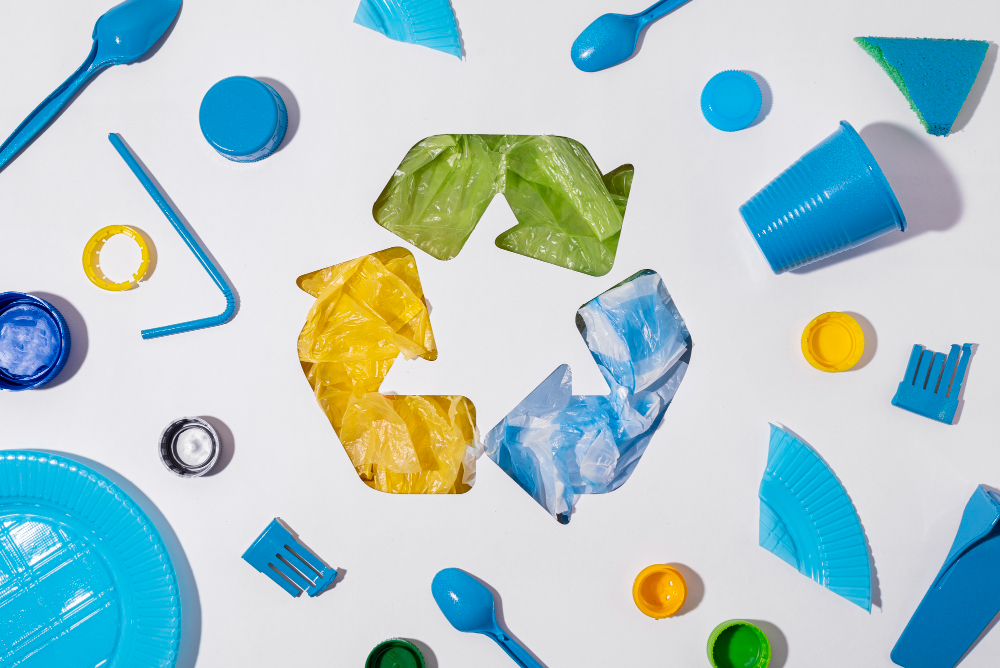In the quest for a more sustainable world, upcycling and recycling have emerged as key strategies for reducing waste and promoting environmental stewardship. While both practices share the goal of diverting materials from landfills, they differ significantly in their approaches and outcomes. In this article, we’ll explore the distinctions between upcycling and recycling, shedding light on their unique methods and contributions to waste reduction and sustainability.
Defining Upcycling and Recycling
At first glance, upcycling and recycling might seem similar, but they operate on fundamentally different principles. Upcycling involves taking discarded materials and transforming them into new products of higher value or quality. It’s about breathing new life into old items through creativity and innovation. Recycling, on the other hand, involves breaking down used materials into raw materials, which are then used to manufacture new products. It’s a process that relies on resource recovery and reprocessing.
Focus on Creativity vs. Resource Recovery
One of the key distinctions between upcycling and recycling is their primary focus. Upcycling places a strong emphasis on creativity and design. It’s about finding new and innovative ways to repurpose materials, often resulting in unique and visually appealing products. In contrast, recycling prioritizes resource recovery and material transformation. It’s about extracting valuable materials from waste streams and reintroducing them into the production cycle.
Value Addition vs. Material Reprocessing
Another difference between upcycling and recycling lies in the value they add to materials. Upcycling seeks to enhance the value of discarded materials by transforming them into desirable products. Whether it’s turning old jeans into fashionable tote bags or repurposing wine bottles into stylish lamps, upcycling adds value through design and craftsmanship. Recycling, on the other hand, focuses on material repurposing. It’s about recovering valuable resources like metals, plastics, and paper from waste streams and turning them into new products.
Preservation of Original Characteristics vs. Material Transformation
When it comes to the treatment of materials, upcycling and recycling take divergent paths. Upcycling often seeks to preserve the original characteristics of materials, embracing imperfections and patina as part of the design aesthetic. Whether it’s showcasing the weathered surface of reclaimed wood or highlighting the vintage charm of retro fabrics, upcycling celebrates the unique qualities of each material. Recycling, by contrast, involves the transformation of materials into standardized forms. It’s about breaking down materials into their constituent parts and reprocessing them into raw materials for manufacturing.
Energy Consumption and Emissions
Both upcycling and recycling have environmental benefits, but they differ in their energy consumption and emissions. Upcycling generally requires less energy and generates fewer emissions compared to recycling. Since upcycling focuses on repurposing existing materials with minimal processing, it conserves energy and reduces the carbon footprint associated with manufacturing. Recycling, while effective in diverting waste from landfills, requires energy-intensive processes like sorting, shredding, and melting, which can contribute to greenhouse gas emissions.
Cultural and Social Significance
Upcycling and recycling can also have cultural and social significance. Upcycling, with its emphasis on creativity and DIY culture, fosters a sense of empowerment and self-expression. It encourages individuals to take an active role in reducing waste and creating unique products with their own hands. Recycling, on the other hand, is often associated with institutionalized waste management systems and industrial processes. While recycling plays a crucial role in waste diversion, it may lack the personal connection and creativity found in upcycling.
Embracing Both Approaches for a Sustainable Future
In conclusion, upcycling and recycling represent distinct approaches to waste reduction and sustainability, each with its own merits and limitations. While upcycling offers creative solutions and adds value to materials through design and innovation, recycling focuses on resource recovery and material reprocessing. Both practices play important roles in reducing waste, conserving resources, and mitigating environmental impacts. By embracing the principles of both upcycling and recycling, we can work towards a more sustainable future where waste is minimized, resources are conserved, and creativity thrives.
